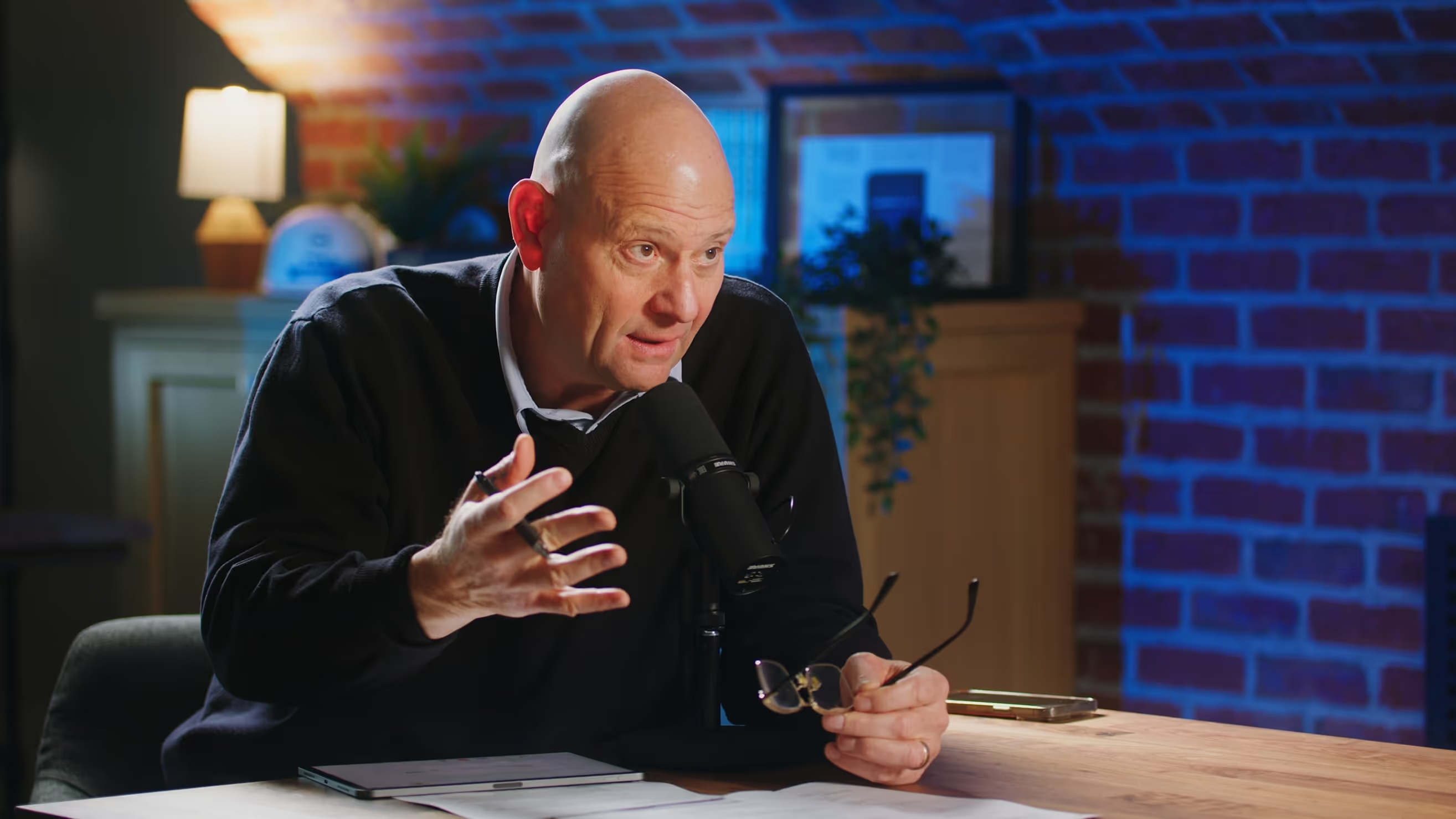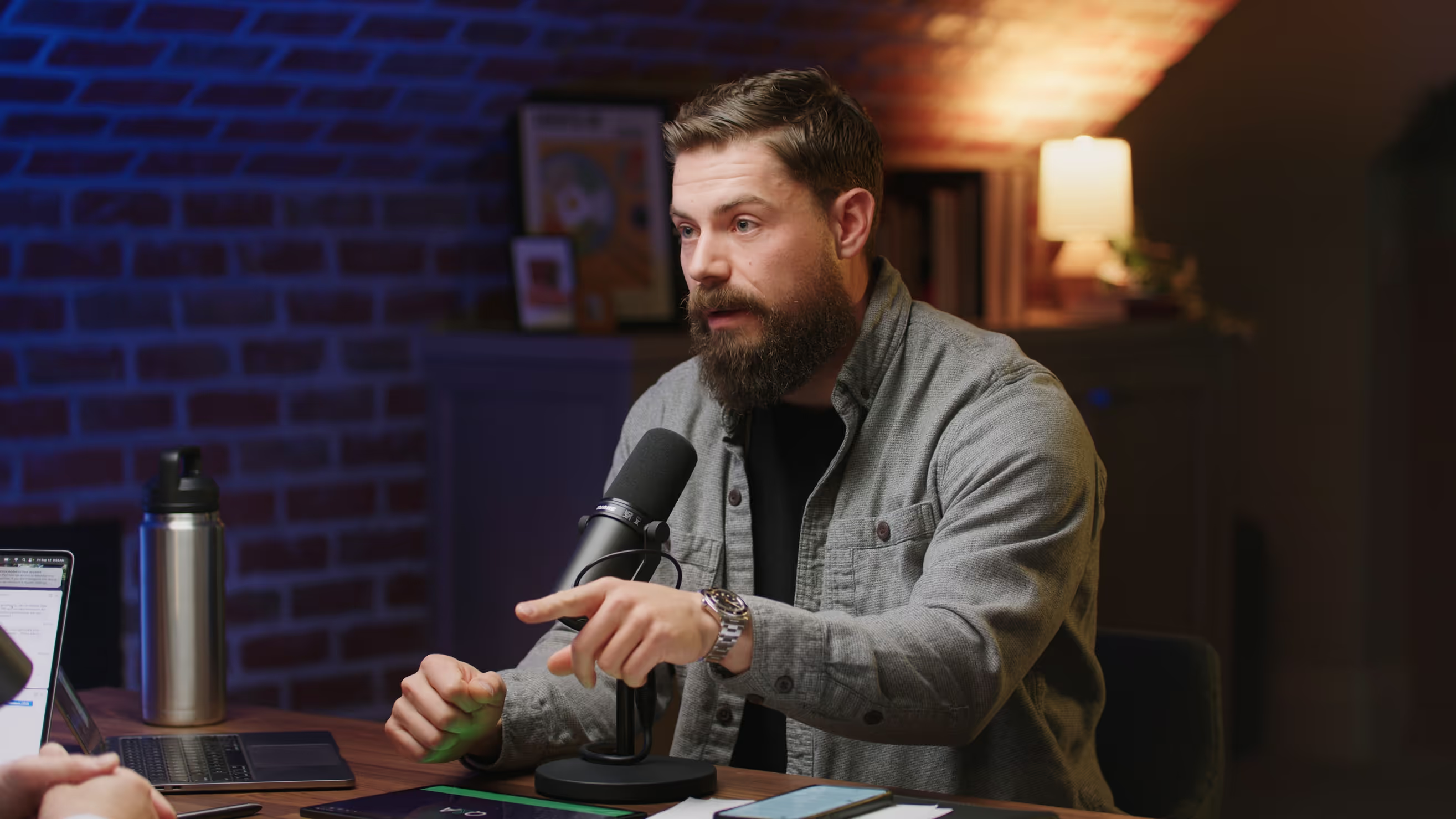Coaching isn’t about correcting—it’s about creating conversations that actually lead to change. In this episode, Junior and Tim introduce the BIG Coaching Model—Behavior, Impact, and Guidance—a practical framework for leaders who want to move beyond surface-level feedback and build true accountability. They explore how to spark self-awareness, connect actions to outcomes, and guide without overreaching. This is the coaching blueprint for leaders who want to stop micromanaging and start empowering, one conversation at a time.



